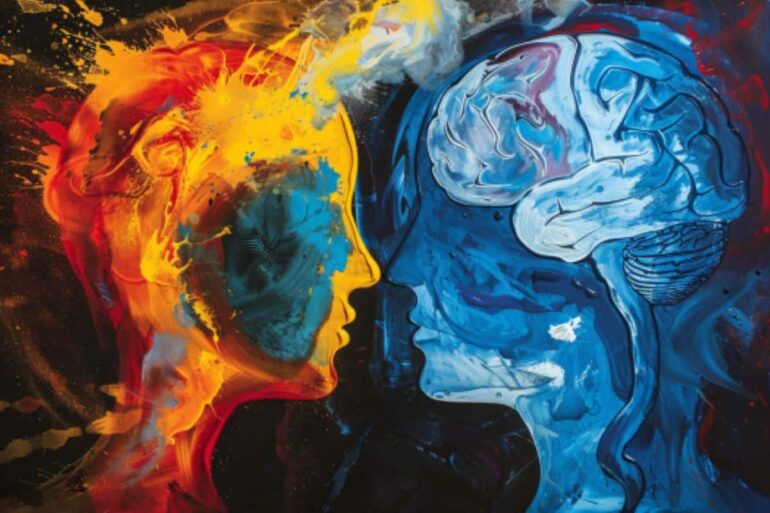Countless parents across the country recently dropped their kids off at college for the first time. This transition can stir a whirlwind of feelings: the heartache of parting, sadness over a permanently changed family dynamic, the uncertainty of what lies ahead – but also the pride of seeing your child move toward independence. Some might describe the goodbye as bittersweet, or say that they’re feeling mixed emotions.
In that scenario, what would you do if I asked you to rate how you felt on a scale from 1-9, with 1 being the most negative and 9 the most positive? This question seems silly given the circumstances – how should you rate this blend of bad and good? Yet, this scale is what psychology researchers often use to survey feelings in scientific studies, treating emotions as either positive or negative, but never both.
I’m a neuroscientist who studies how mixed emotions are represented in the brain. Do people ever truly feel both positive and negative at the same time? Or do we just switch quickly back and forth?
What emotions do for you
Scientists sometimes define emotions as states of the brain and body that motivate you toward or away from things. People typically experience them as either positive or negative.
If you’re walking in the woods and see a bear, your heart rate and breathing accelerate, giving you the urge to flee – likely helping you make a decision that keeps you alive. Many scientists would label that reaction as the emotion of “fear.”
Similarly, warm feelings around loved ones make you want to stay around them and nurture those relationships, helping strengthen your social network and support system.
This approach-and-avoid view of emotions helps explain why emotions evolved and how they affect decision-making. Scientists have used it as a guiding principle when trying to figure out the biology behind emotions.
But mixed emotions do not fit into this framework. If opposite biological systems inhibit each other, and if emotions are biological, you can’t experience opposites in the same moment. This reasoning would mean it’s impossible to hold two opposite emotions at once; you must instead be flipping back and forth. Ever since scientists proposed the first theories on the biological foundations of emotion, this is how they’ve conceptualized mixed emotions.

The pride, love and sadness that mingle when a parent drops off a child at college comprise a classic mixture of emotions.
fstop123/E+ via Getty Images
Untangling the biology of mixed emotions
Mainstream methods for measuring feelings still treat positive and negative as opposite sides of a spectrum. But researchers find that study participants commonly report mixed emotions.
For instance, people across cultures experience some feelings, such as nostalgia and awe, as simultaneously positive and negative.
One research group found that volunteers’ physiological responses – such as heart…



